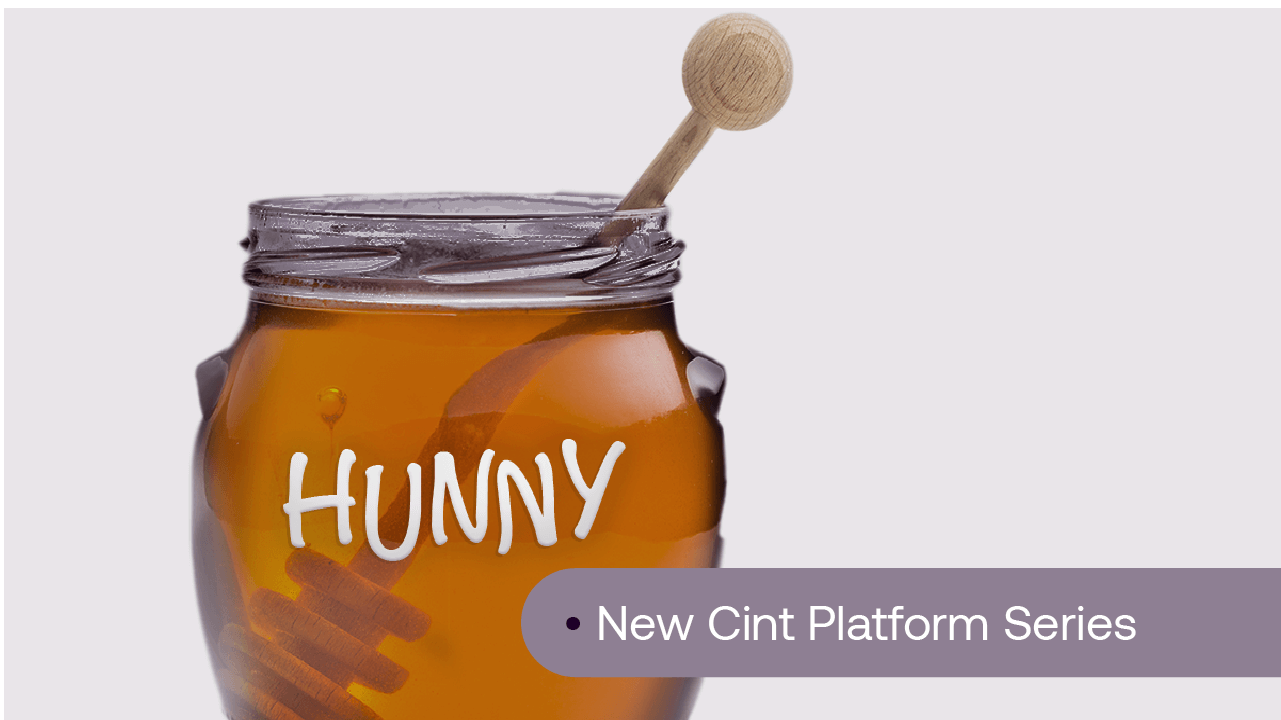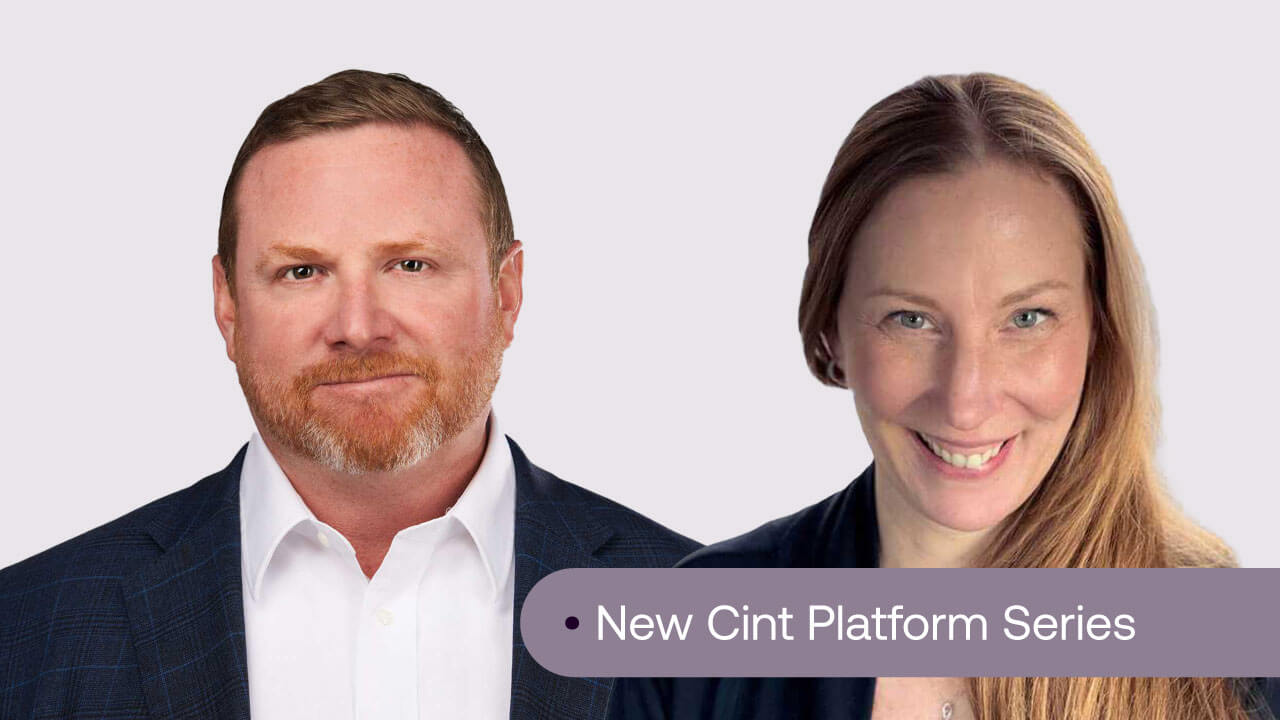In today’s workplace, diversity and inclusivity are not just catchy terms—they are essential pieces to building thriving, innovative teams. However, one often-overlooked aspect of achieving inclusivity in hiring is the language used in job advertisements.
Research shows that male-coded language in job postings can unintentionally discourage candidates from applying, particularly women and non-binary individuals.
In this blog, we speak with Andy Perricone, Senior Talent Acquisition Manager at Cint to find out how Cint avoids gendered language in job ads, why it matters, and how we foster inclusivity that attracts the top talent from all genders and backgrounds.
What exactly is gendered language?
Gendered language refers to words or phrases that imply a bias toward a specific gender. The word “support” for example, can be female-coded, while “lead” comes in as a male coded word.
“Certain words can be more attractive subconsciously to stereotypical male personas such as aggressive, thriving, hungry, cut-throat while support, care, teamwork can be more appealing to female demographics,” Perricone explains.
Also, using terms like “businessman,” “fireman,” or “chairman” are gendered because they assume a male subject. Gendered pronouns such as “he”, instead of “they” or a gender-neutral preference can unintentionally imply a male preference or expectation for the role, reinforce outdated stereotypes, or alienate a portion of your audience.
“By changing the wording of your job adverts you can increase your candidate diversity, which in turn will hopefully yield a more diverse employee base. However, you should try to keep everything as neutral as possible so as not to be biased one way or the other.”
“By changing the wording of your job adverts you can increase your candidate diversity, which in turn will hopefully yield a more diverse employee base. However, you should try to keep everything as neutral as possible so as not to be biased one way or the other.”

Andy Perricone
Senior Talent Acquisition Manager, Cint
Interviews are not a box-ticking exercise
At Cint, we try to keep boxes and goalposts as open as possible so find a balance between ‘soft’ and ‘hard’ skills.
Perricone further shares that educational requirements have been made non-essential from a lot of job adverts to attract a wider pool of candidates. At the same time, doing so removes a form of social-economic discrimination, and allows hiring teams to focus more on practical work experiences rather than a candidate’s degree.
“A job advert needs a number of things as a bare minimum; Firstly, highlighting the responsibilities and expectations for someone to be successful in the role/job. Secondly, showing the required knowledge/skills/experience that we are looking for someone to demonstrate for their application to be considered (without being a shopping list). And lastly, tell you about the company you are applying to, who they are, what they do, and what their values are,” continues Perricone.
Improving diversity and inclusion at Cint
As you can imagine, there are many pieces to the puzzle when looking to improve D&I initiatives for the company as a whole.
Cint’s Talent Acquisition team recently underwent training using the Katmatfield tool to ensure adverts appear as neutral as possible. The team learned to decipher if code words are male or female biased so they wouldn’t lean too far one way or another, when crafting job adverts.
Focusing on our culture and values is also important at Cint, where we have four pillars that guide our employees through day-to-day decision making processes:
Collaboration is our superpower
- We uncover rich perspectives across the world
- Success happens together
- We deliver across borders
Innovation is in our blood
- We’re pioneers in our industry
- Our curiosity is insatiable
- We bring the best ideas to life
We do what we say
- We’re accountable for our work and actions
- Excellence comes as standard
- We’re open, honest and kind, always
We are caring
- We learn from each other’s experiences
- Stop and listen; every opinion matters
- We embrace diversity, equity and inclusion
Conclusion
Certainly, tailoring the message in job adverts is just one facet to improving workplace inclusivity. Cint is committed to bettering initiatives that recognizes, supports and champions women, working parents, neurodiversity, and to create a fairer and more well-rounded environment.
One recent example is ‘Women@Cint’, which focuses on fostering female leadership roles in the workplace. It was spearheaded by the India team back in September, with plans to roll out globally across the organization in 2025.
At Cint we are taking both small and big steps to embrace inclusivity and ultimately connect with a broader, more engaged audience.
To read more about our culture and values, click here.


































































































